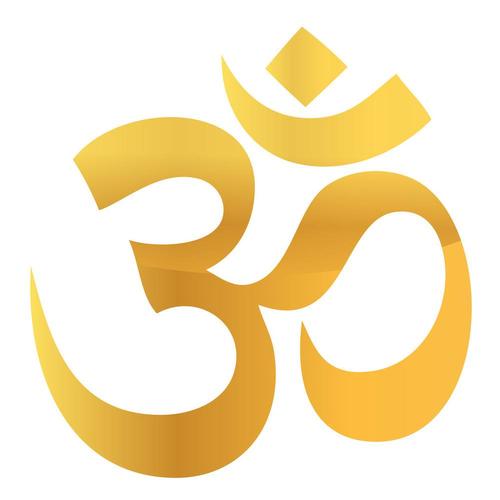Understanding Om and Christianity: A Comprehensive Overview
Have you ever wondered about the connection between the concept of “Om” and Christianity? These two seemingly distinct belief systems have intrigued many, and in this article, we will delve into the multifaceted relationship between them. From religious symbolism to spiritual practices, we will explore the various aspects that link these two traditions.
Om: The Sound of the Universe
Om, also known as Aum, is a sacred sound that holds immense significance in Hinduism, Buddhism, and Jainism. It is considered the primordial sound from which the entire universe emerged. In Hinduism, Om is often seen as the embodiment of the divine and is believed to be the source of all creation.

Om is typically pronounced as “Aum” and is composed of three syllables: “A,” “U,” and “M.” Each syllable represents a different aspect of the universe. The “A” symbolizes the earth, the “U” represents the sky, and the “M” signifies the cosmos. Together, these three syllables create the sound of Om, which is believed to be the ultimate reality.
Christianity: The Faith of the Cross
Christianity, on the other hand, is an Abrahamic religion that originated in the 1st century AD. It is based on the life, teachings, death, and resurrection of Jesus Christ. Christianity is the largest religion in the world, with billions of followers across the globe.
The central tenet of Christianity is the belief in one God, who is the creator of the universe. Christians believe that Jesus Christ is the Son of God, who came to earth to save humanity from sin and death. The crucifixion and resurrection of Jesus are the cornerstone of Christian faith.
The Connection Between Om and Christianity
While Om and Christianity may seem like polar opposites, there are several ways in which they are connected.

1. Spiritual Practices
In both Om and Christianity, spiritual practices play a crucial role. In Hinduism, meditation and chanting Om are common practices to connect with the divine. Similarly, in Christianity, prayer and meditation are essential for spiritual growth and connection with God.
2. Symbolism
Om and the cross are both powerful symbols that represent the divine. Om is considered the sound of the universe, while the cross is a symbol of Jesus’ crucifixion and resurrection. Both symbols are used to convey the presence of the divine in human life.
3. Universal Values
Both Om and Christianity emphasize universal values such as love, compassion, and peace. These values are considered essential for the well-being of individuals and society as a whole.
Interfaith Dialogue
Interfaith dialogue has become increasingly important in today’s world, and the connection between Om and Christianity is a testament to the power of such conversations. By exploring the similarities and differences between these two belief systems, we can gain a deeper understanding of our own faith and that of others.
Interfaith dialogue can help us appreciate the diversity of spiritual traditions and foster a sense of unity and respect among different faith communities. It can also lead to a more compassionate and inclusive world, where people of all backgrounds can coexist peacefully.
Conclusion
Understanding the connection between Om and Christianity can provide us with valuable insights into the universal aspects of spirituality. While these two belief systems may have different origins and practices, they share common values and spiritual goals. By exploring these connections, we can deepen our understanding of our own faith and that of others, ultimately leading to a more harmonious and interconnected world.
| Om | Christianity |
|---|---|
| Sacred sound in Hinduism, Buddhism, and Jainism | Based on the life, teachings, death, and resurrection of Jesus Christ |
| Symbolizes the universe and the divine | Symbolizes the crucifixion and resurrection of Jesus |
| Used in meditation and chanting | Emphasizes prayer and meditation for spiritual growth |
| Represents universal values such as love and compassion | Also emphasizes universal values such as love, compassion, and peace |



